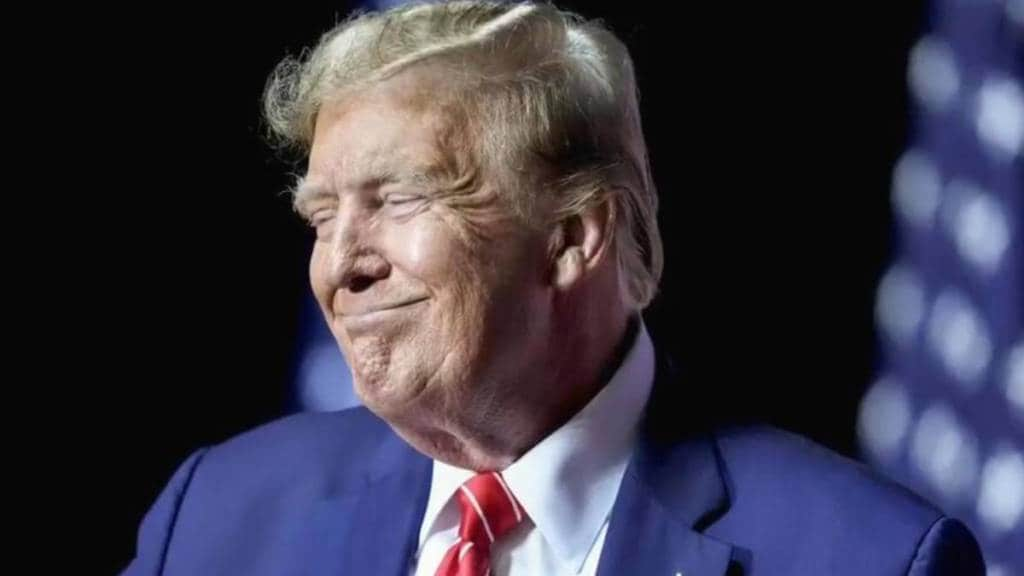US-Chins relation: US President Donald Trump has announced that around 600,000 Chinese students will be permitted to study at American colleges, a move that comes as Washington and Beijing continue trade negotiations. Speaking at the White House on Monday, Trump said he would not block Chinese students from entering the country, despite pressure from some advisers and lawmakers to tighten restrictions.
“We are going to have a great relationship with China…They have some cards. We have incredible cards, but I don’t want to play those cards. If I play those cards, that would destroy China. I am not going to play those cards,” said Trump.
“I hear so many stories that we’re not going to allow their students,” Trump told reporters. “We’re going to allow their students to come in. It’s very important, 600,000 students. It’s very important. But we’re going to get along with China.”
The statement shows a softer tone after months of tariff clashes. The student exchanges could likely help improve US–China relations.
Balancing security concerns with engagement
Currently, around 270,000 Chinese students are enrolled in American universities. The new pledge would more than double that figure, underscoring the significance of education as an arena of bilateral engagement.
The announcement also comes after Secretary of State Marco Rubio had declared in May that the US would “aggressively revoke” visas for Chinese nationals tied to sensitive research fields or the Communist Party. Trump, however, has shifted course in recent months, insisting he has “always been in favour” of welcoming Chinese students.
Trump’s recent move can be tactical, aimed at maintaining economic and cultural links even while trade tensions remain unresolved.
Trump’s comments came ahead of his scheduled meeting with South Korean President Lee Jae Myung. When asked about the possibility of a summit with Chinese President Xi Jinping, Trump struck a positive note, saying he hoped to meet Xi later this year.
“As you know, we’re taking a lot of money in from China because of the tariffs and the different things. It’s a very important relationship,” Trump said. “It’s a much better relationship economically than it was before with Biden. But he allowed that. They just took him to the cleaners.”
For Chinese students, the US remains one of the most sought-after destinations for higher education. For Washington, their presence is both a source of revenue and an avenue of soft power.
Tariffs still at the forefront
Trump’s remarks were delivered against the backdrop of his administration’s hard-line economic policies toward Beijing. Earlier this year, Washington imposed a 145 per cent tariff on all Chinese goods, to which Beijing retaliated with a 125 per cent duty on US exports.
Although negotiators meeting in Geneva in May agreed to pause further tariffs, Trump has continued to hint at additional measures. Just last week, he floated a 200 per cent tariff on Chinese-made magnets, citing what he called Beijing’s “monopoly” in the sector.
“China, intelligently, went and they sort of took a monopoly on the world’s magnets,” Trump said. “It’ll probably take us a year to have them.”
Trump warns of fresh tariffs, tech export curbs
Meanwhile, Trump has threatened fresh tariffs and export curbs on advanced technology and semiconductors in response to what he called discriminatory digital services taxes targeting American tech firms.
Taking to social media, Trump accused European and other governments of deliberately disadvantaging US companies while exempting China’s largest technology players. “This must end, and end NOW,” he declared.
The warning follows a joint statement between Washington and Brussels pledging cooperation against “unjustified trade barriers” and committing not to impose customs duties on electronic transmissions.
The European Union also confirmed it would avoid introducing network usage fees. Trump, however, escalated the rhetoric, saying all countries enforcing digital taxes or rules would face “substantial additional tariffs” on exports to the United States, alongside restrictions on access to sensitive American technologies.


